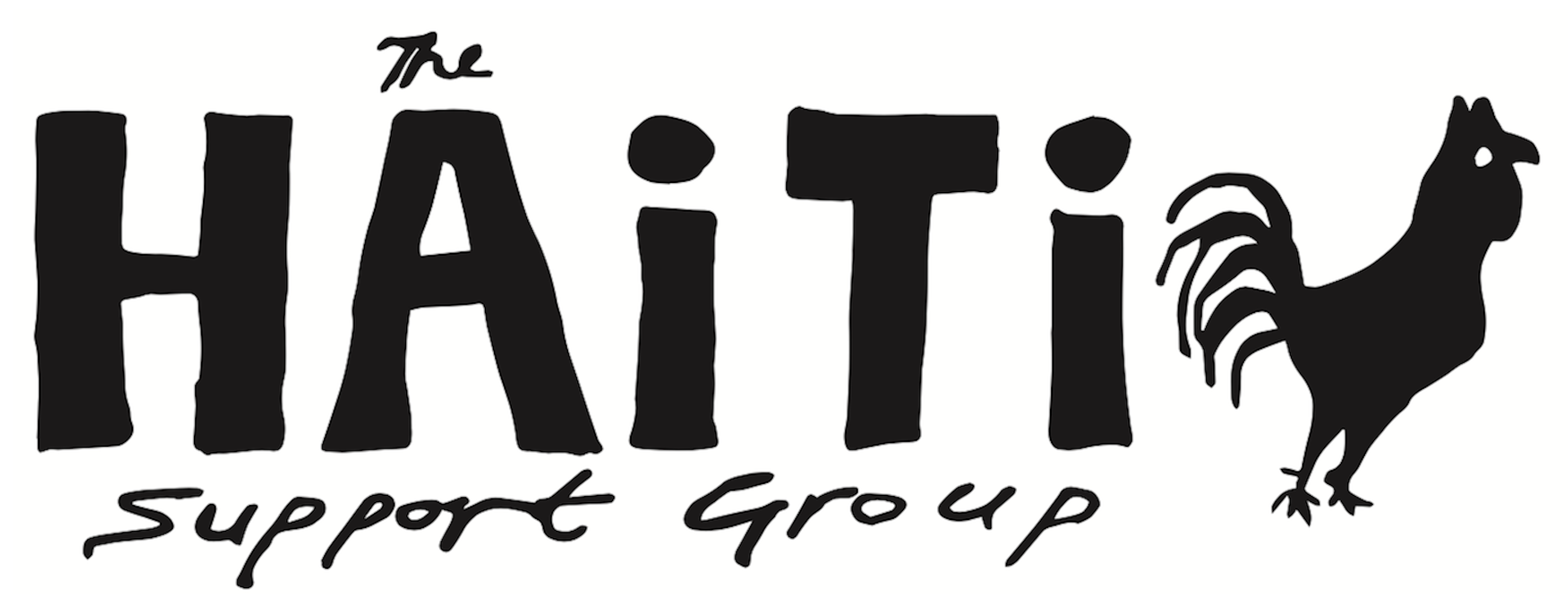Dessalines, Jean-Jacques. General, father of Haitian independence – Born at Habitation Cormier, Grande Rivière du Nord in 1758. The history books have it that this illiterate former slave, whose back bore the scars from his owner’s whip, had already escaped to join the bands of runaway slaves in the forests and mountains before the Revolution began. He became one of the principal officers in Toussaint’s black army, and after Toussaint was taken prisoner, he took up the fight against the French. He fought with savage courage and cruelty, and became notorious for his battle cry, koupe tèt, boule kay (cut off heads, burn down houses).
In May 1803, at the coastal town of Arcahaie, Dessalines created the Haitian flag by tearing the white band from the French tricolor, eliminating the symbol of the whites and joining the blue and the red parts, representing the blacks and the mulattoes, together. The combined forces of Dessalines and Pétion, overcame the French troops, capturing the capital, Port-au-Prince, in October 1803, and, a month later, at Vertieres, outside Cap-Français (today’s Cap-Haïtien), the conclusive battle was fought.
The defeated French forces left the colony, and on January 1st 1804, Dessalines read the Proclamation of Independence, swearing “to renounce France forever and to die rather than live under domination”. Fearing another invasion, in April 1804, Dessalines ordered the massacre of all the remaining French.
Dessalines had himself proclaimed Emperor but the early years of the Republic were beset with difficulties – war had decimated the population and destroyed towns and infrastructure, and there were bitter tensions between former black slaves and freed mulattoes. On 6 October 1806, Dessalines was ambushed and shot dead by rivals. Despite his ignominious end, to this day, his strong, decisive, and often ruthless leadership is revered by Haitian nationalists across the political spectrum.

